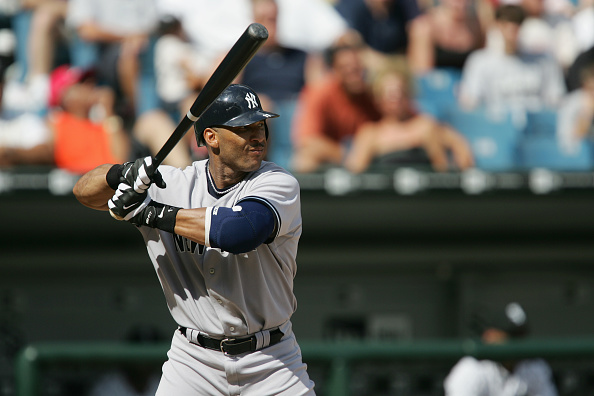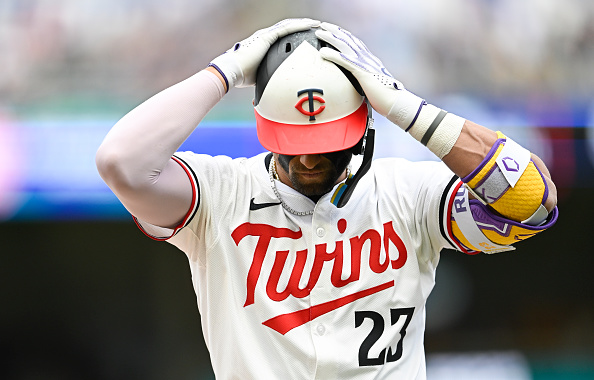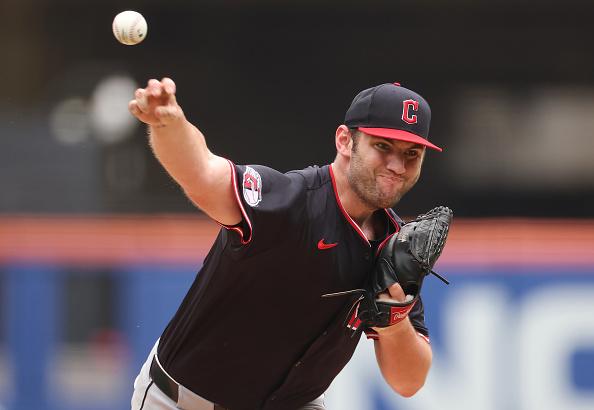For over two decades, Gary Sheffield was one of the game’s most prolific hitters. Playing for the Brewers, Padres, Marlins, Dodgers, Braves, Yankees, Tigers, and Mets from 1988-2009, the native of Tampa, FL will again be eligible for induction into the Baseball Hall of Fame.
Make sure to check out all of our other MLB Hall of Fame Cases.
Sheffield made his big-league debut in September of 1988 as a member of the Brewers, playing shortstop. From there on, the hitter with one of the sport’s most iconic batting stances played at third base, first base, and the outfield until his final campaign in 2009. Sheffield’s impact with Milwaukee in the first three full seasons of his career was minimal, but it was in his debut season with the Padres in 1992 where he blossomed into a star. At the age of 23, he was the National League batting champion, hitting for an average of .330.
Career Summary
With the sixth-overall pick in the 1986 MLB draft, the Brewers selected Sheffield with the hopes that he would one day be their everyday shortstop. Instead, the future slugger would only last a select amount of games at the position before being moved to third base. By the end of the 1991 season, the relationship between Sheffield and the Brewers organization was rocky. (and that may be a kind way of saying it). The then 23-year old was dealt to the Padres, where he would spend just a year and a half before finding a home with the Marlins for the next five years.
Sheffield’s time with the Marlins can be classified as a successful one. He helped bring the franchise its first World Series title in 1997, and qualified for the All-Star team in 1996. The right-handed power threat never won an MVP, but he sure came close on multiple occasions, most notably in 2004 when he was a member of the Yankees. Sheffield finished second in A.L MVP voting behind Vladimir Guerrero. At the age of 40 in his final season, Sheffield hit his 500th career home run while playing for the Mets, fittingly against the Brewers, becoming the 25th player at the time to join the club. The slugger finished his career with a total of 509 home runs and a lifetime average of .292.
In his first five Hall of Fame tries (2015-2019), Sheffield tallied a voting percentage between 11% and 14% (75% needed for induction). But in 2020, the now 52-year old saw his stock double, coming in at a total of 30.5%.
Pros
The nine-time all-star has offensive numbers worthy of serious Hall of Fame consideration (509 HR, 1,676 RBI, 1,475 BB, .292/.393/.514). For a player who hit over 500 career long balls, Sheffield struck out at an incredibly low rate. The slugger never surpassed more than 85 strikeouts in a single season and drew the 21st most walks in league history (1,475).
Despite his link to PEDs (Performance Enhancing Drugs), Sheffield can make the case that his career numbers are reflective of who he really was as a hitter, with his performance in 1992 (pre-steroids) being exhibit ‘A’ (.330 BA/.385 OBP/.580 SLG).
The aforementioned Guerrero, who was inducted into the Baseball Hall of Fame in 2018 (received 93% of the vote), can be used as a fair comparison to Sheffield in a case for Cooperstown:
Sheffield played six more years than Guerrero did, and the 97’ World Series champ has the edge in career WAR (60.5 vs. 59.4) and OBP (.393 vs. .379). Sheffield also comes in with more home runs (509 vs. 449) and RBI’s (1,676 vs. 1,496).
Cons
There are glaring cons on Sheffield’s case that explain his inability to come close to the 75% needed to be inducted. Any player with a link to PEDs has an uphill battle in making it into Cooperstown. Sheffield is one of those players. (BALCO, Mitchell Report, 2004)
On the field, Sheffield was a less than stellar fielder – This is an area that would give many others the nod into Cooperstown before him if it was the deciding factor. According to Baseball-Reference, when calculating the fielding component of WAR, Sheffield is the second-worst defensive player in league history.
Verdict
There are no obvious first-time candidates on the ballot in 2021, unlike last year when Derek Jeter was a sure-fire selection. At this point, that’s the only hope Sheffield can ride on as the ballots continue to be counted.
For 2021, it’s a no. But if Sheffield can yet again improve on his percentage (currently at 30.5% from 2020), then he’ll have a real shot in a couple of years, assuming first-time voters believe he’s worthy of Cooperstown.
Check us out on our socials:
Twitter: @PTSTNews and @TalkPrimeTime
Facebook Page: Prime Time Sports Talk
Join our Facebook Group: Prime Time Sports Talk
Instagram: @ptsportstalk
Follow Logan Lockhart on Twitter @lgllockhart
Main Credit Image: Embed from Getty Images








2 Responses
No, horrible D and PEDs for quite a long time, it’d be like saying a NASCAR driver is great by ignoring his illegal engines and illegal fuels.